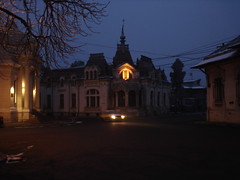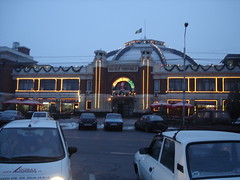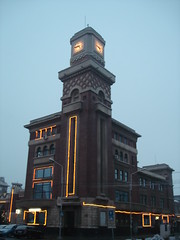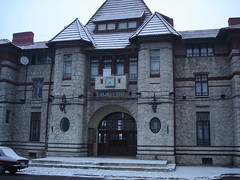Versiunea română aici.
The Road
Map
Ploieşti is just 60 km away from Bucureşti on DN1 (E60). The road is excellent. Depending on how crowded the road is, the trip should take between 45 minutes and an hour. If you choose to go by train, there are regular services (about half an hour to an hour apart). The trip takes 35 minutes with Rapid.
[rating:5/5]
Food
There are many restaurants in the city, each one has it’s specific food, but none of them stands out with something special.
[rating:3/5]
Sightseeing
There was one museum in particular that I remembered well – the Clock Museum which I had visited in a field trip with my primary school. My guide (which happened to be one of my colleagues) made me discover The County Museum and Halele (the old market), as well as the North Station, a railway station and historic monument.
I apologize for the quality of the photos, the light was fading and I lack a tripod.




[rating:3.5/5]
Alternatives
If you don’t like Ploieşti or you finished visiting too early, you can try Vălenii de Munte or Târgovişte. They’re very close to each other and to Bucharest, so you don’t have to worry about transportation.
[rating:overall]
Links





